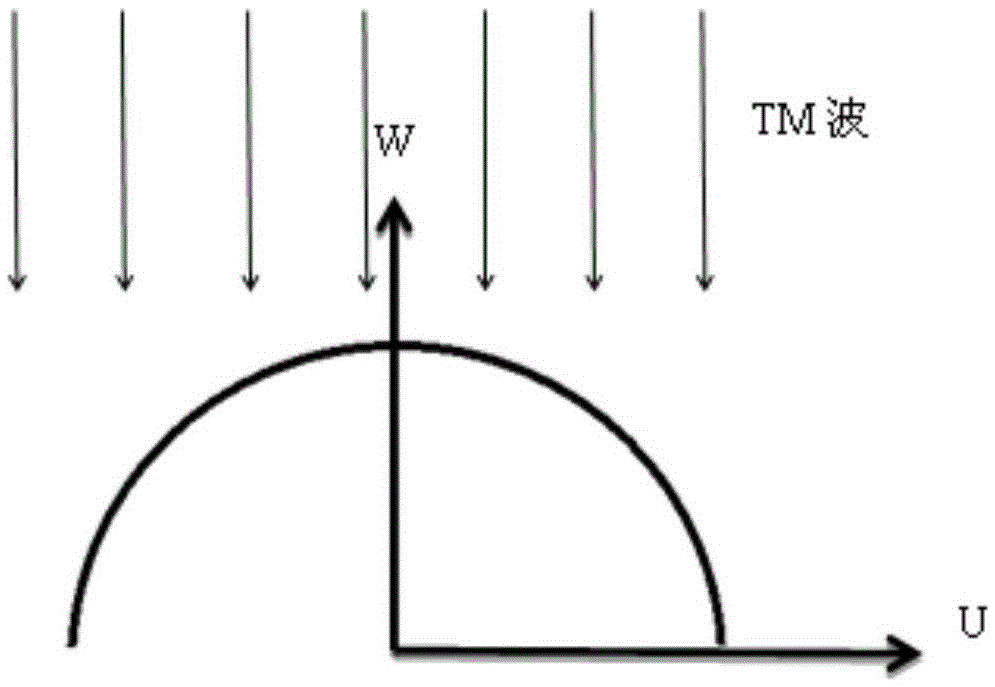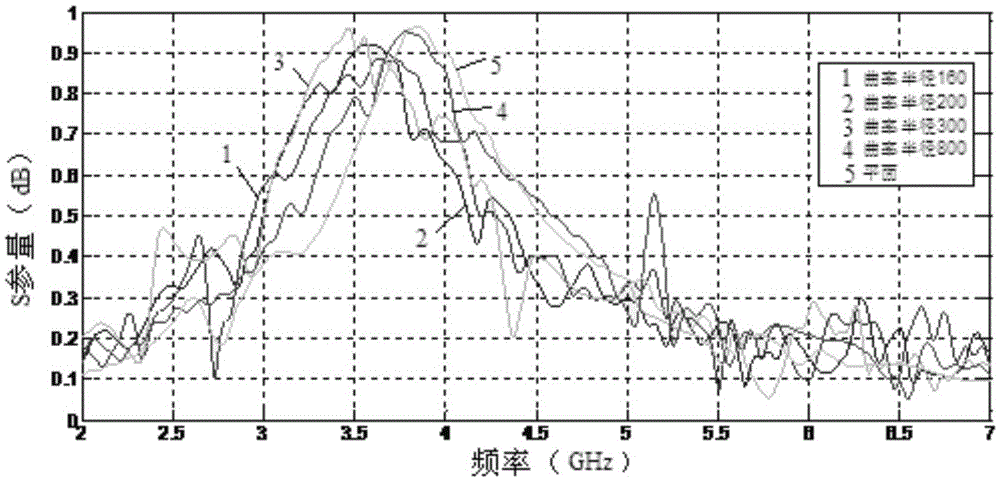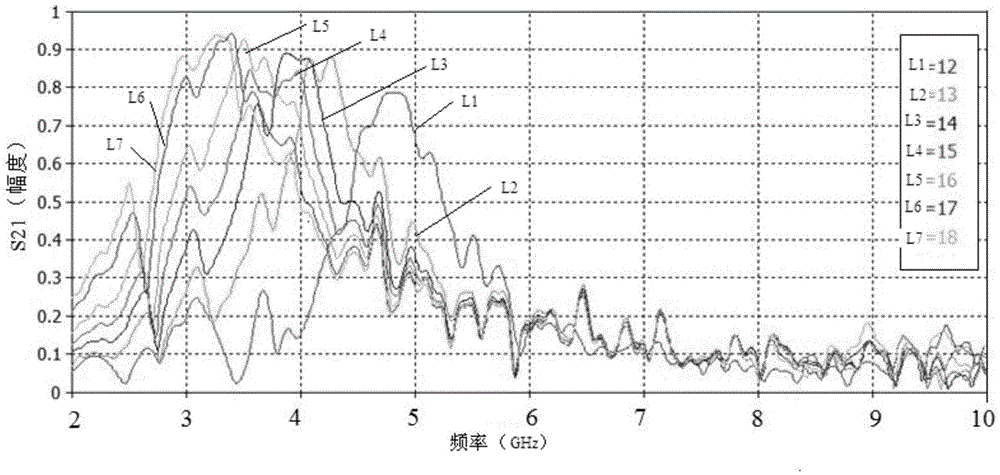Method for obtaining electromagnetic scattering characteristics of cylindrical frequency selective surface
A technology of frequency selective surface and electromagnetic scattering characteristics, applied in the direction of electrical digital data processing, special data processing applications, instruments, etc., can solve the problem of inaccurate characteristic research
- Summary
- Abstract
- Description
- Claims
- Application Information
AI Technical Summary
Problems solved by technology
Method used
Image
Examples
specific Embodiment approach 1
[0033] Specific implementation mode 1. Combination Figure 1 to Figure 5 Describe the present embodiment, the method for obtaining the electromagnetic scattering characteristics of the cylindrical frequency selective surface described in the present embodiment, the method analyzes the electromagnetic scattering characteristics of the cylindrical frequency selective surface structure, the cylindrical frequency selective surface structure, which includes metal plate 1 and a dielectric layer 3 with a thickness of dmm, the dielectric constant of the dielectric layer 3 is ε r, the magnetic permeability is 1; the surface of the metal plate 1 is engraved with through holes 2 in the shape of a rectangular grid, and the shape of the through holes 2 is Y-shaped, and every two adjacent Y-shaped holes are along the column surface. The spacing is 40mm, the metal plate 1 is bent according to the radius of curvature of the cylinder as P, and the dielectric layer 3 is attached to the inner si...
PUM
 Login to View More
Login to View More Abstract
Description
Claims
Application Information
 Login to View More
Login to View More - R&D
- Intellectual Property
- Life Sciences
- Materials
- Tech Scout
- Unparalleled Data Quality
- Higher Quality Content
- 60% Fewer Hallucinations
Browse by: Latest US Patents, China's latest patents, Technical Efficacy Thesaurus, Application Domain, Technology Topic, Popular Technical Reports.
© 2025 PatSnap. All rights reserved.Legal|Privacy policy|Modern Slavery Act Transparency Statement|Sitemap|About US| Contact US: help@patsnap.com



